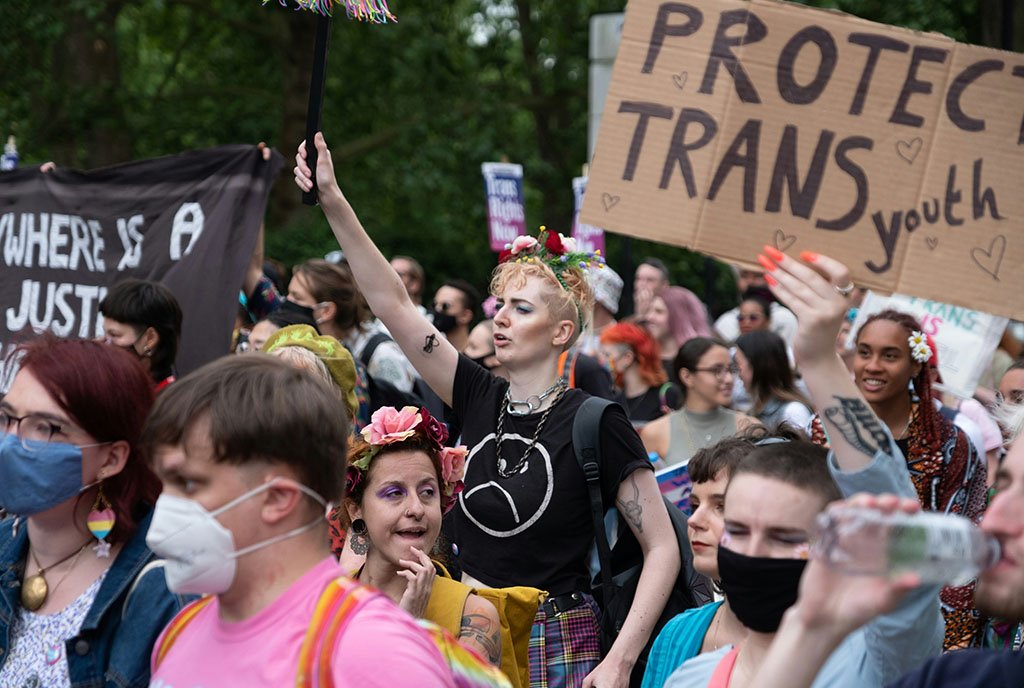
August 18, 2017; Twin Cities Business
Last week, NPQ covered the steady decline in the annual campaign of United Way of the Midlands in Omaha and their accompanying discussion of a concurrent change in their purpose. They say that their “reform-minded board tried to blunt the coming trends by shrinking its 50-member board, sharpening the organization’s focus and transforming it from a pass-through to a think-tank-like organization that would have both a close-up view of how local charities were tackling poverty and a broader overview of what the Omaha area needed.”
Meanwhile, in the Twin Cities, annual campaign contributions dropped from $82.4 million in 2014 to $74.9 million in 2016 and total revenue fell from $101.9 million in 2014 to $88 million in 2016—an 11 percent decrease.
Sarah Caruso, the Greater Twin Cities United Way’s president and CEO, has a similar plan to become the central intermediary for community nonprofits—with or without their nomination for them to play that role. The Twin Cities Business reporter interviewing Caruso rightly asks, “The Twin Cities has a large philanthropic community and an extensive and well-developed nonprofit sector. In 2017, what is the overarching mission of the United Way? What is your niche in the giving community?” The answer, in our mind, amounts to telling other folk actually doing the work what they should be doing and where their attention should be focused.
How the annual fund is doing really is not the proper measure of success for any local United Way, including ours. We are really trying to move away from the annual campaign number and the annual campaign focus to reflect much more on what we are trying to do in the community.
How many people are we serving? What sort of issues are we taking on? This can’t only be a money game for United Way. It should always be about what impact we are making in the community. What collective action are we doing across multiple organizations? How are we working with the public sector and private sector to effect change for those who need it the most?
She downplays money as a rationale for agencies becoming upset when they were cut from the grant pool last year, saying,
Sign up for our free newsletters
Subscribe to NPQ's newsletters to have our top stories delivered directly to your inbox.
By signing up, you agree to our privacy policy and terms of use, and to receive messages from NPQ and our partners.
Some of the really strong reaction that we’ve heard is a sense of, “We want to be a United Way partner. We want to be part of this group of very high-quality programs and agencies.” They’ve been like, “Don’t you care about domestic violence?” Yes, we do care about domestic violence. It is really important, and we are funding seven domestic violence agencies in other areas of our work. So there has been high emotion and hard, hard decisions on our part, and we do want the public to know these are still great programs.
[…]
We eliminated the short-term shelter funding in domestic violence and the literacy program. Our literacy strategy was tutoring, and we still fund other areas of literacy through partners. But the tutoring approach, which we had been quite involved with, especially in the St. Paul and Bloomington schools, we had to stop funding that area.
Targeted for funding reductions is “programming that focuses on independence, which covers people with disabilities and aging populations.” Considering the state of Medicaid cuts, that choice is confounding. But they want to be a think tank.
Our specialty is not only the work we do with people in poverty in the nine-county area, it is also how we make those grants and the quest for excellence in impact that we have been charged with by our donors and our board. We often have other foundations come to us for advice about how to make grants, what research we are tapping into nationally and how we are measuring impact.
We have about a dozen staff in our community impact department, which is a much larger number than most foundations are able to have. Our community impact and evaluation team are the real secret sauce at United Way that differentiate our ability to choose powerful programs.
—Ruth McCambridge












